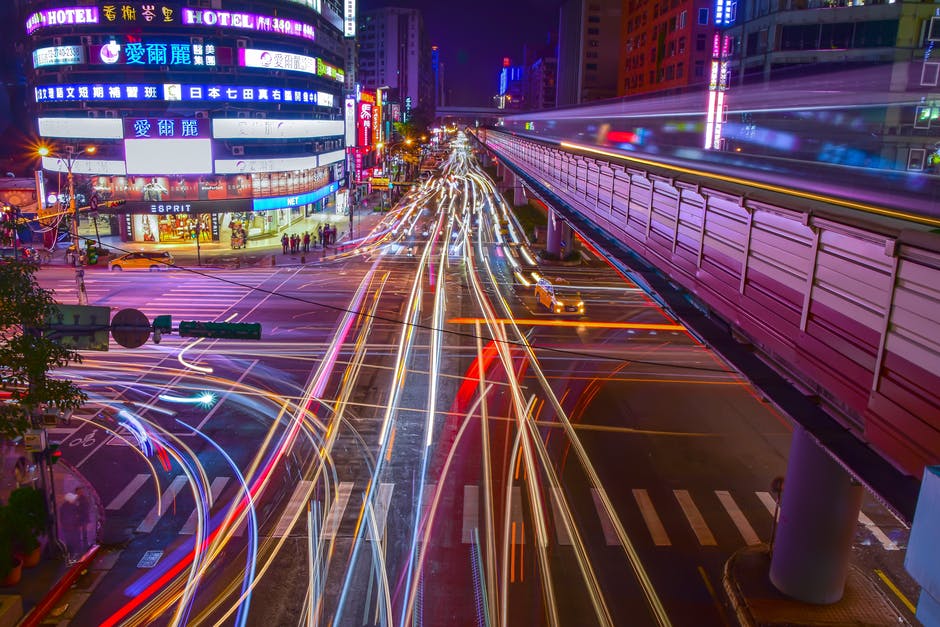The modes of transportation used by people in different parts of the world vary as much as the cultures, landscapes, and languages that make each place unique. The way transportation has evolved in different areas depends on a country’s economy, history, population, infrastructure, geography, and other factors. For example, in the United States it is common for people to commute to work in a truck or large SUV. In European countries, it is much more common to drive a compact car with a manual transmission. Fuel prices in Europe are on average two to three times higher than in the U.S. We know that any transit that involves fuel combustion emits carbon dioxide into the atmosphere, leading to impacts on the environment, air pollution, smog, respiratory problems, and in extreme cases, death.
In the U.S., over 80% of commuters use cars, trucks, and vans to get to work (World Atlas). This is attributed to the flexibility, freedom, and comfort of using a personal vehicle, and the network of wide, spacious roads and freeway systems that connect cities around the U.S. However, the use of personal vehicles leads to congestion and pollution that take a toll on the environment. The U.S. is the second-largest producer of CO2 and has emitted more CO2 than any other country to date, responsible for about 25% of historical emissions (Our World in Data).
Asia is home to hundreds of millions of cars, trucks, and buses. Low-emission modes of transportation such as auto rickshaws, motorcycle taxis, and even elephants are also common in Asia, but they are far outnumbered by motor vehicles. China has the largest fleet of motor vehicles in the world (Gasgoo), and is the largest producer of CO2. It also has the highest human population. Within Asia, the largest CO2 emitters per capita are Bangladesh, Pakistan, and India, largely due to particulate matter from fossil fuels burned in vehicles and factories (World Population Review). The percentage of deaths attributed to air pollution is high throughout much of Asia; 11.89% in China, 12.52% in India, and 13.83% in Bangladesh (Our World in Data). Japan, on the other hand, has very few deaths attributed to air pollution (3.61%), good air quality, and is home to a bullet train that is among the fastest and most advanced transportation networks in the world.
Trains are one of the most convenient and affordable ways to travel. Since trains can carry more passengers than personal vehicles, they are more efficient and emit less greenhouse gasses per person. China, India, Japan, and Russia have the highest passenger railway traffic (World Atlas). Europe also has extensive railway networks that traverse much of the continent, particularly in France, Germany, and Italy. Throughout Western Europe, the percentage of deaths attributed to air pollution is lower than in other parts of the world (less than 5%).
In general, wealthy, developed nations typically have high CO2 emissions per capita. Developing countries tend to lead in the growth rate of CO2 emissions and also experience disproportionate impacts from air pollution, including respiratory problems and death. These uneven contributions and impacts represent the core challenges we face in finding effective and equitable solutions to the climate crisis. To fully understand the many causes of climate change and air pollution, we must untangle the complex web of information and underlying factors that contribute to CO2 emissions. In the short-term, it goes without saying that public transit is a better choice for environmental and human health, and that railway transportation presents a viable solution for protecting air quality.


